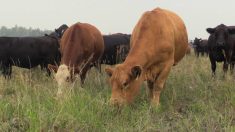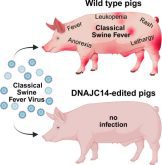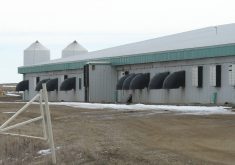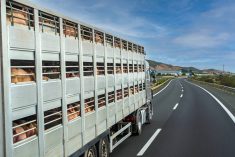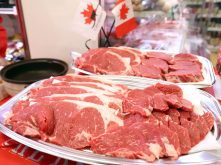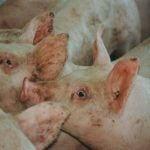Expense is the main objection when industry is asked why hog policies for Livestock Price Insurance (LPI) haven’t taken off, but program proponents say that when producers understand how the program works, they’re more likely to buy.
Tariff threats, combined with a high cattle market, have given Livestock Price Insurance more attention this year on the beef side. Producers entered the year with the best auction prices they’ve seen in years, and worries that trade tensions would crash the market had analysts and fellow producers urging farmers to mitigate the risk.
The hog program hasn’t seen the same boost. Brenda Hagen, manager of Livestock Price Insurance at Alberta’s Agriculture Financial Services Corporation said that, as of June 18, no policies had been sold in the 2025 calendar year.
Read Also
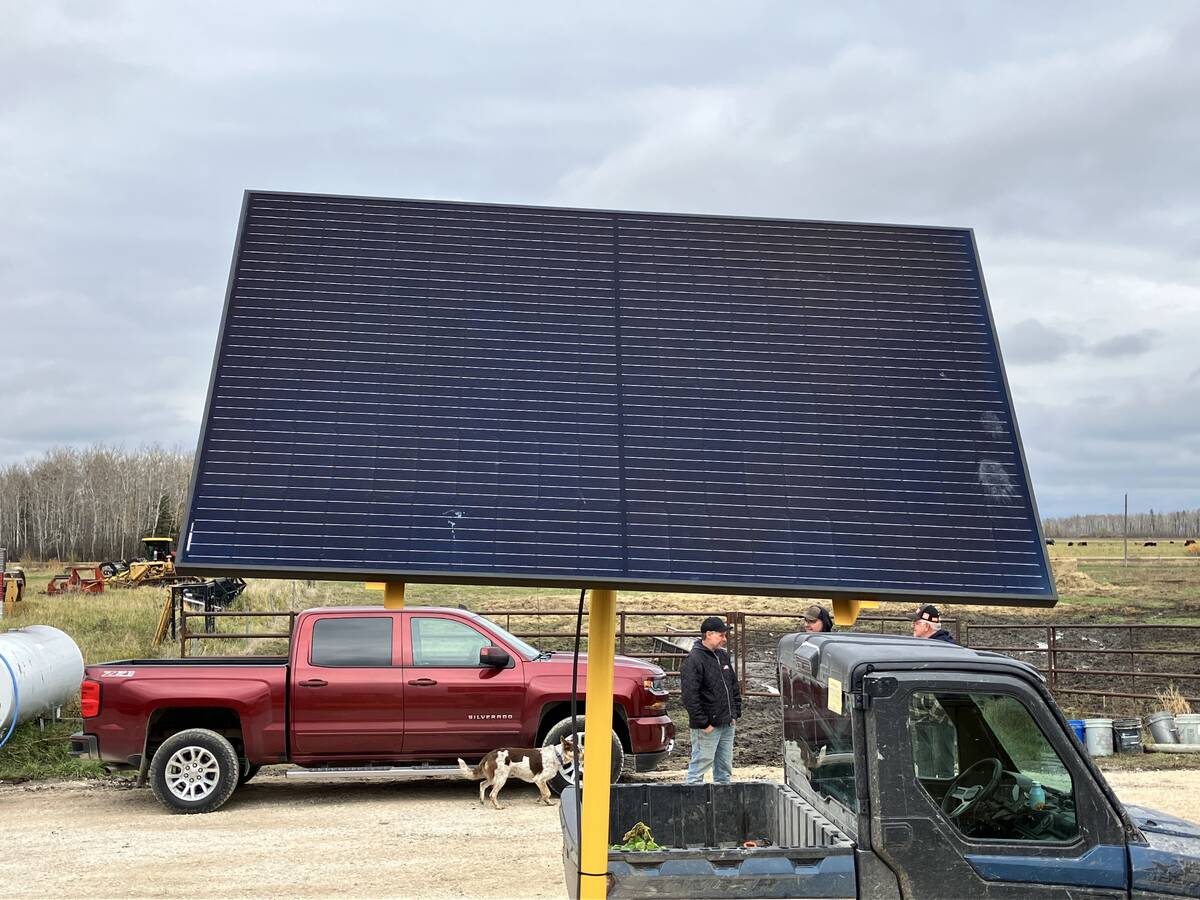
VIDEO: Watering system a cattle health win
Portable livestock watering system helps Manitoba beef producer combat foot rot cases on pasture.
WHY IT MATTERS: Premium cost is a sticking point across all types of Livestock Price Insurance, with both beef and hog producers arguing that the program — which is not cost-shared with government — is prohibitively expensive.
Alberta has sold approximately 100 policies since it began offering the program in 2011, said Danielle Modrzejewski, corporate communications manager with Manitoba Agricultural Services Corporation, which administers the program in Manitoba.
Manitoba has sold one policy since they became available in the province in 2014. Saskatchewan appears to have never sold a policy, according to annual reports.
British Columbia also offers hog price insurance, but does not typically see uptake, Hagen said.
LPI a hard sell to farmers
Hog LPI allows producers to insure a basic price for their animals. If markets fall below that level, coverage kicks in to make up the difference.
Coverage prices are calculated based on daily market data and regional indexes. On June 18, the Manitoba table showed August price coverage ranged from a premium of $7.37 per 100 kilograms (kg) (for an insured price of $258/100 kg) to a premium of $1.99 per 100 kg (insuring against a price of $230 per 100 kg).
Premium price has been the key obstacle to program uptake since the beginning.
Unlike crop insurance, LPI premiums aren’t government subsidized.
In 2020, Bill Hoar, then co-ordinator of the program’s predecessor, the Western Livestock Price Insurance Program (WLPIP), told the Manitoba Co-operator the program was only rolled out after lengthy discussions with Alberta Pork and producers.
“Those discussions were definitely around premiums — a lot,” said Hoar.
The program had to price in industry risk and volatility and be actuarially sound and self-sustaining, he said.
In 2016, Alberta administrators reduced their WLPIP hog premiums by 22 per cent based on a review of the program, but this resulted in no visible increase in uptake.
“We have tried our best to manage some catastrophic loss loads,” said Hagen. “We feel we’ve done everything within the confines of our certification of actuarially soundness to reduce the premiums as much as we can.”
H@ms marketing, a co-op serving Manitoba and Saskatchewan, has also tried to create a similar risk management service for hog farmers similar, said general manager Bill Alford. They also struggled to bring down premiums.
Their program got prices down to “not much better than seven to 10 dollars a hog,” said Alford. “That was at the cheapest head, but it can be as much as 13 to 15.”
In a sector with stick-thin margins, producers have preferred to use risk management options like forward contracting.
Another problem is that producers have to pay up front for price insurance and lock in the policy for a month—in which the price can fluctuate a lot, said Darcy Fitzgerald, executive director of Alberta Pork.
Lack of farmer understanding?
Producers may also not know how the program works.
“I think there’s quite a few misconceptions currently, and then there’s some gaps in knowledge,” Hagen said.
For instance, producers may not know that LPI will guarantee a price even in a force majeure scenario.
If the tariff situation explodes, packers might deny delivery or renegotiate hog contracts if the price changes significantly, Hagen used as an example.
“We wouldn’t have walked away from any of that.”
Price insurance purchased prior to the tariff risk would still be honoured.
Producers may also think the program locks them into a contract or into a market price. It doesn’t. If the market goes up, they can capitalize on the gains. If the market goes down, they’re protected.
“It’s kind of like a reverse of your mindset,” Fitzgerald said. “It’s like buying insurance more than it’s hooking into a price for your pigs.”
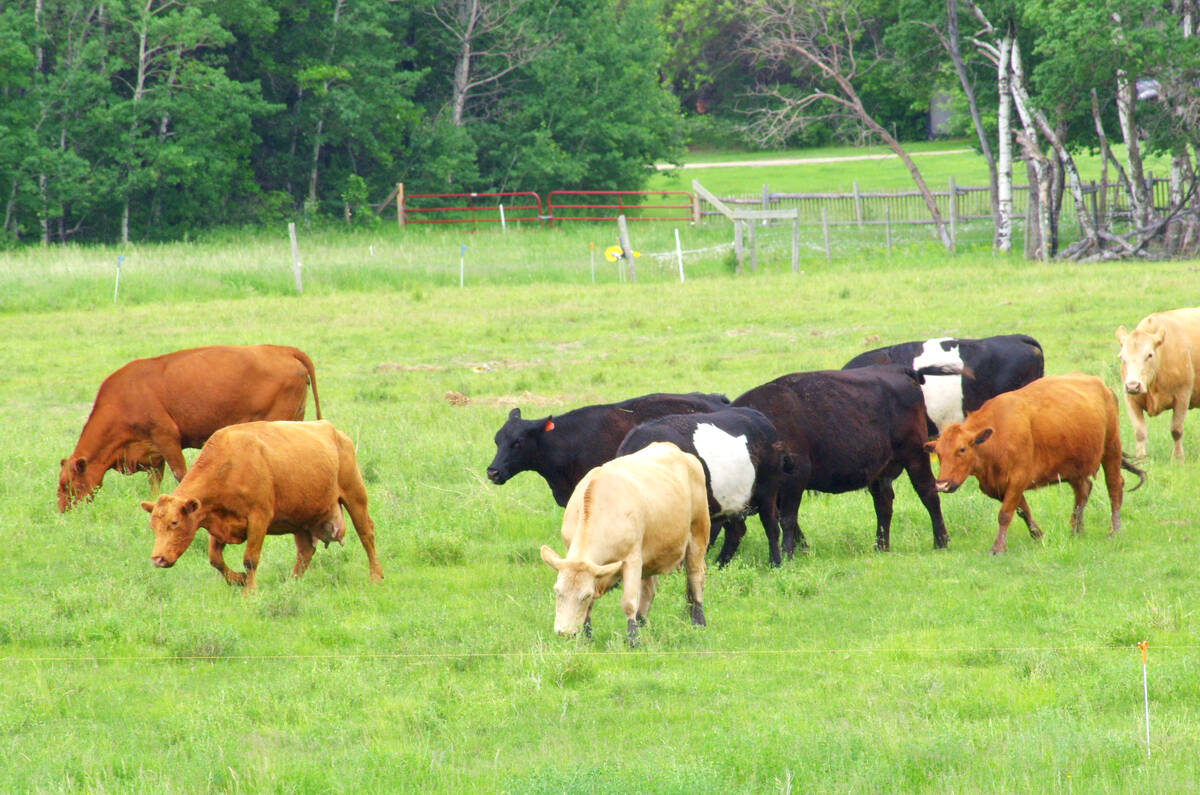
Earlier this year, Agriculture Financial Services Corporation and some hog farmers experimented with modelling price insurance under different scenarios.
“We talked about politics and things that are going on in the marketplace,” Fitzgerald said. “We kept running different scenarios to see what their thoughts would be, you know, five, six, eight months in the future.”
Producers walked through the scenarios, picked different coverage levels, and ran the numbers.
After the demo, many seemed much more open to the program, Fitzgerald said.
Hagen said the Alberta insurance provider will continue to work with producers to educate them about price insurance and learn more about what they need. They may then work with co-ordinators in other provinces.
Challenges of change
Ideally, LPI would look a bit more like the United States Department of Agriculture’s livestock risk protection, Fitzgerald said.
The first issue he notes is the name. Fitzgerald suggested that “Livestock Price Insurance” conveys the wrong idea to producers. He argues that “risk insurance” better conveys what LPI does.
“You can’t guarantee price in a free marketplace,” he said.
Fitzgerald said U.S. farmers have more flexibility with policy term length. They’re able to time policies based on the weeks they expect to market instead of the month. They also don’t have to pay premiums until after the policy period.
“I think those are easier things to change,” he said.
The USDA also subsidizes policies by between 35 and 55 per cent, depending on the policy coverage level, according to a 2024 fact sheet from Utah State University Extension.
While the Agriculture Financial Services Corporation has heard Alberta Pork’s suggestions, the challenge is that changes could impact producers across the country — for instance, if changes to LPI jeopardize access to markets, said Hagen. They have to work with the federal government to ensure any changes are on the right track.
There also may not be much urgency from other producer groups. Cam Dahl, general manager of Manitoba Pork, said more risk management tools would be valuable to producers if premiums were affordable. However, Manitoba Pork has not lobbied for change to the LPI hog program in recent years, he said.




